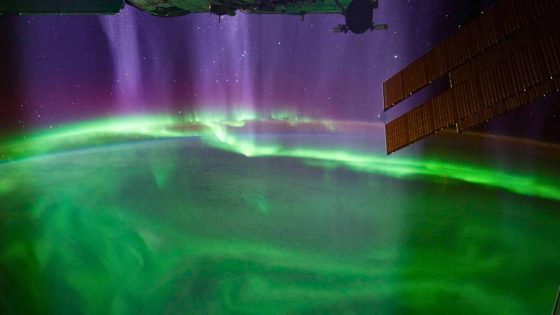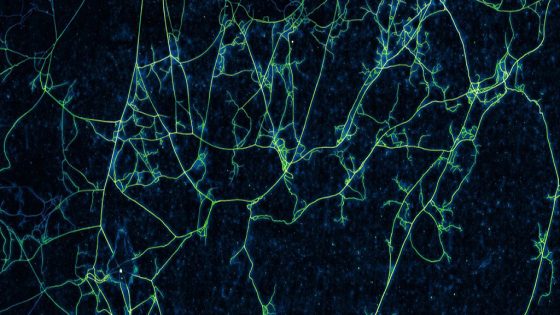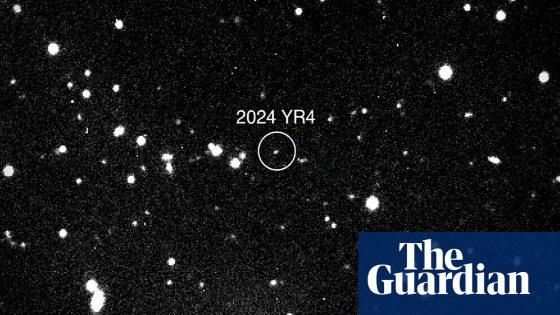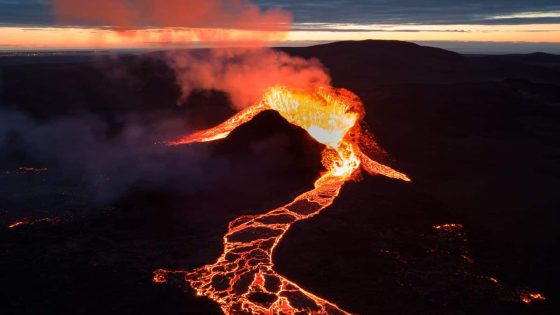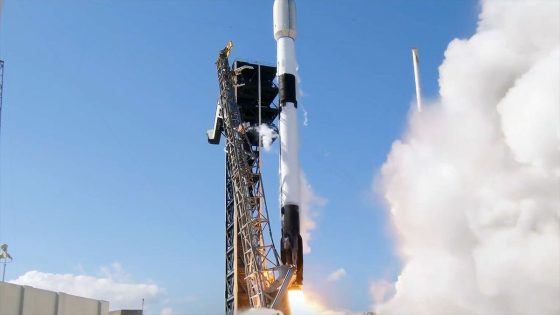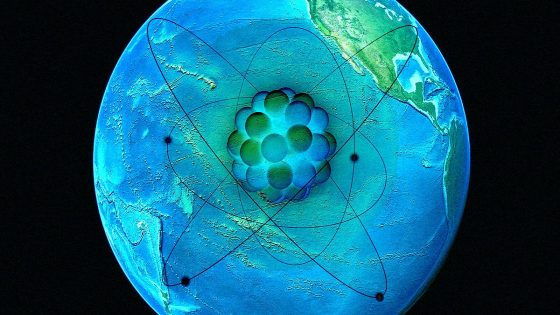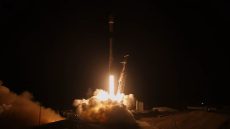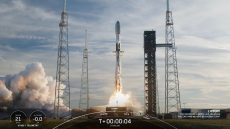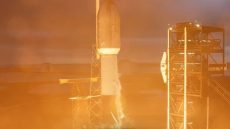Scientists have made a fascinating discovery in space: chorus waves, which sound like birdsong, have been detected over 100,000 kilometers from Earth. This unexpected finding, announced on February 2, 2025, could change how we understand space weather and its effects on our technology. How do these mysterious waves form, and what impact could they have on our satellites?
- Chorus waves resemble birdsong when converted to audio.
- Discovery made over 100,000 kilometers from Earth.
- Chorus waves influence Earth's radiation belts.
- Killer electrons pose risks to spacecraft.
- Findings could improve space weather forecasting.
- Research impacts future missions to Mars.
Chorus Waves: What Are They and Why Are They Important?
What if the sounds of space could help US protect our technology? Chorus waves are electromagnetic oscillations that travel along Earth’s magnetic field lines. When converted to sound, they create a high-pitched trilling similar to a chorus of birds. These waves are not just interesting; they significantly affect Earth’s radiation belts, which shield us from solar storms but can also generate dangerous high-energy electrons.
The Unexpected Discovery of Chorus Waves in Space
Until recently, chorus waves were only detected around 51,000 kilometers from Earth. However, a new study led by Beihang University in China has revealed their presence at over 100,000 kilometers, a surprising location. Using NASA’s Magnetospheric Multiscale (MMS) satellites, scientists captured these waves in unprecedented detail, expanding our understanding of space plasma dynamics.
What Are Killer Electrons and Why Are They Dangerous?
Killer electrons are high-energy particles that can pose serious risks to satellites and spacecraft. Accelerated by chorus waves, they can reach speeds that disrupt onboard electronics. Found mainly in Earth’s radiation belts, these electrons create hazardous conditions for technology in space.
- Killer electrons can damage or destroy satellites.
- They are accelerated by chorus waves, increasing their danger.
- Understanding them is crucial for protecting space missions.
- They highlight the need for better space weather forecasting.
Implications for Future Space Missions
This groundbreaking discovery not only challenges current scientific models but also holds significant implications for future space missions. As we plan crewed expeditions to Mars and beyond, understanding how space weather affects spacecraft and astronauts becomes essential. This knowledge could ensure the safety of long-duration missions and protect vital technology.
In conclusion, the detection of chorus waves at such a distance opens new avenues for research and practical applications in space weather forecasting. As we delve deeper into the mysteries of our universe, these findings remind us of the delicate balance between technology and nature.



